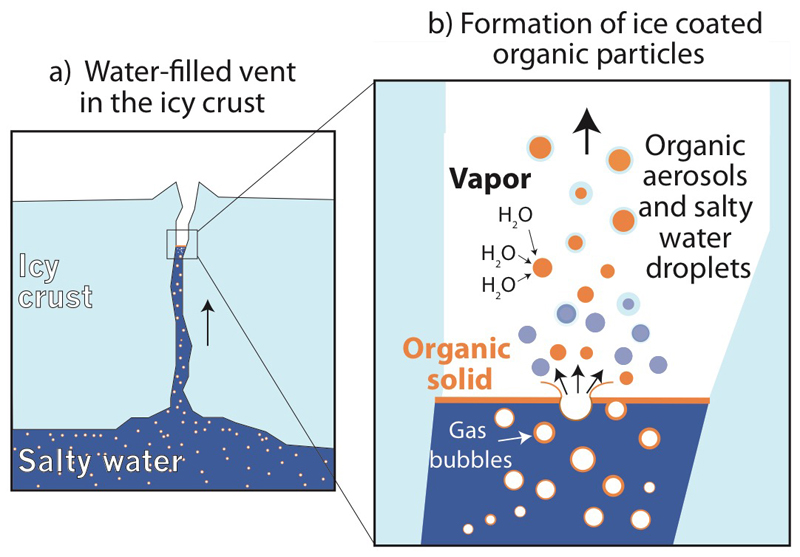Extended Data Figure 12. Schematic on the formation of organic condensation cores from an refractory organic film.
Ascending gas bubbles in the ocean efficiently transport organic material30 into water filled cracks in the south polar ice crust (a). Organics ultimately concentrate in a thin organic layer (orange) on top of the water table located inside the icy vents. When gas bubbles burst, they form aerosols made of insoluble organic material that later serve as efficient condensation cores for an icy crust from water vapor thereby forming HMOC-type particles (b). In parallel, larger, pure salt-water droplets form (blue), which freeze and are later detected by CDA as salt-rich Type 3 ice particles in the plume8,9.

